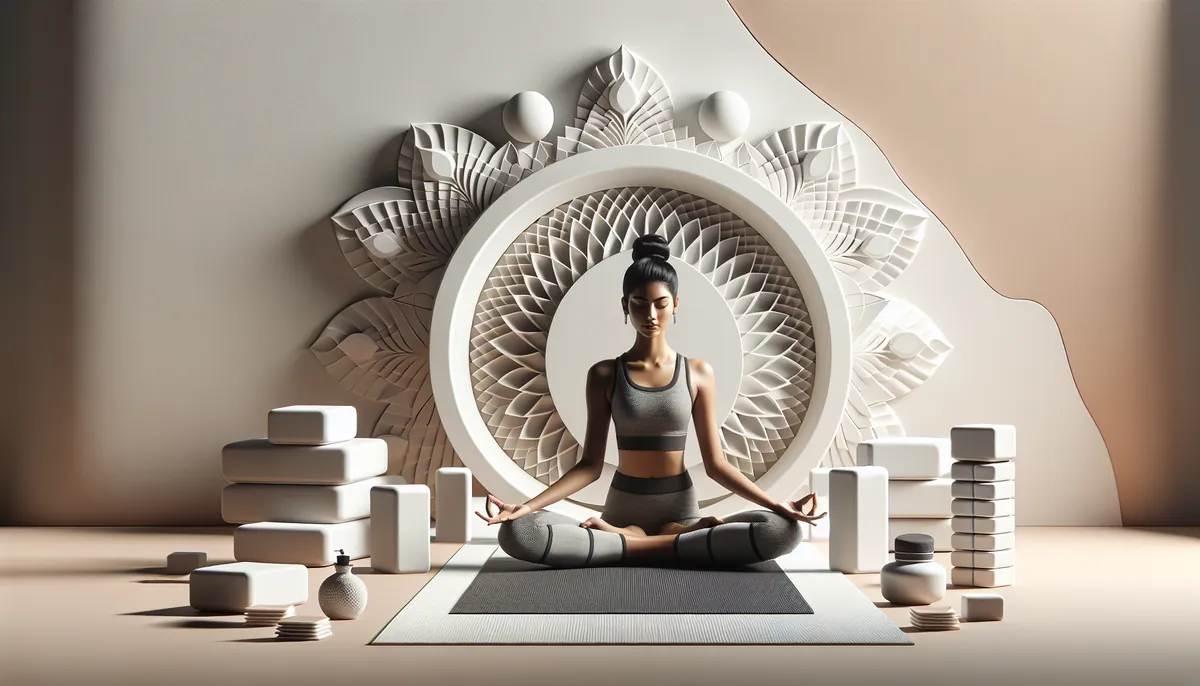In the world of yoga, props play a significant role in enhancing both the physical and mental aspects of your practice. Among these tools, yoga blocks stand out as versatile companions that can benefit practitioners of all skill levels. Whether you’re a seasoned yogi or just starting your yoga journey, integrating yoga blocks into your routine can deepen your poses, increase flexibility, and provide necessary support.
This post will explore the benefits of using yoga blocks, different ways to incorporate them into your practice, and how they cater to beginners and advanced yogis alike. We’ll delve into specific poses where blocks can make a notable difference and inspire you to reimagine your yoga sessions with these invaluable props.
Table of Contents
- Benefits of Using Yoga Blocks
- Integrating Yoga Blocks into Your Practice
- Choosing the Right Yoga Block
- Conclusion
Benefits of Using Yoga Blocks
Alignment and Support
One of the primary benefits of yoga blocks is that they help promote correct alignment and provide support in various poses. By offering a stable surface, blocks allow you to achieve proper alignment without straining or risking injury. This is especially helpful in standing poses like Triangle Pose (Trikonasana), where reaching the floor may challenge flexibility.
- Triangle Pose: Place a block at your side for support to maintain alignment.
- Half Moon Pose (Ardha Chandrasana): Use a block to stabilize your balancing leg and open your chest.
With the assistance of a yoga block, practitioners can focus on posture rather than reaching the floor, ensuring that the benefits of each pose are not compromised by incorrect form.
Enhancing Flexibility
For beginners who may not have full flexibility yet, yoga blocks can bridge the gap between effort and capability. By extending your reach, yoga blocks make poses more accessible and help safely challenge your range of motion.
- Seated Forward Bend (Paschimottanasana): Use a block to rest your forehead, creating comfort while gently stretching your hamstrings.
- Pigeon Pose (Kapotasana): Place a block under the hip of the front leg for stable support, allowing for deeper relaxation and stretching.
Using blocks consistently can help to gradually deepen flexibility and increase comfort and confidence in more advanced poses as your practice progresses.
Integrating Yoga Blocks into Your Practice
Building Strength
Yoga blocks are not just about flexibility and support; they can also play a vital role in building strength by creating an additional challenge. By elevating the hands, blocks increase the weight load on particular muscle groups.
- Plank Pose (Phalakasana): Use blocks under your hands to elevate the upper body, engaging your core and building upper body strength.
- Chaturanga Dandasana: Blocks can help maintain elbow alignment, providing an effective triceps workout while avoiding strain or injury.
Meditation and Restorative Practices
Beyond active poses, yoga blocks are useful in meditation and restorative sequences, helping to enhance relaxation and focus.
- Supported Bridge Pose (Setu Bandha Sarvangasana): Rest your lower back on a block to alleviate tension and gently stretch your spine.
- Seated Meditation: Sit on a block to elevate your hips above your knees, ensuring a comfortable, extended meditation session without discomfort.
By creating a balanced and comfortable experience, blocks encourage longer, more effective meditation and support restoration in quieter practice moments.
Choosing the Right Yoga Block
Selecting the right block depends on several factors, including your level of practice and personal preference on firmness and material. Blocks typically come in foam, cork, or wooden varieties, each offering a different texture and weight.
- Foam Blocks: Lightweight and comfortable, ideal for beginners seeking sangfroid in their practice.
- Cork Blocks: More substantial and durable, providing a firm yet gentle support ideal for dynamic poses.
Finding the right type of block can greatly enhance your practice and should be considered an essential tool for any yogi looking to grow.
Conclusion
Yoga blocks are more than just effortless add-ons; they are transformative tools that can elevate your yoga practice. By providing support, enhancing flexibility, and aiding in meditation, these versatile props can help yogis of all levels achieve their personal goals.
If you’ve yet to introduce blocks into your routine, now is the perfect time to explore this avenue of support and advancement in your practice. Share your experiences with others and join discussions on innovative uses of yoga blocks through various yoga communities online or at your local studio.
For more insights into yoga accessories, check out our post on Gifts for Yoga Lovers – The Perfect Gift Ideas.
